Cuckoo birds are medium-sized birds that are most well known for their parenting skills, or lack thereof. Some species of these birds are brood parasites. This means that the female finds another bird’s nest, waits until the other bird is gone, and lays her own egg inside! The unsuspecting bird returns to her nest and incubates the cuckoo’s egg, then cares for the chick when it hatches. Read on to learn about the cuckoo bird.
Description of the Cuckoo Bird
There are many different cuckoo species, and their appearance ranges greatly by species. While some birds are dull grey and unremarkable, others are bright green with burnt orange patches. They range in size as well, from the 6 in. long little bronze, to the 25 in. long channel-billed. They can also range anywhere from about 1/2 oz. to 1.5 lbs. in weight! Some species are slender and lean, while others are heavier with larger feet.
Interesting Facts About the Cuckoo Bird
Undoubtedly, the most interesting fact about the cuckoo is it’s strange nesting habits. While not all species are brood parasites, this behavior is certainly quite intriguing. The lack of parental skills in some species is, however, not the only interesting facts about these creatures.
- Counting Crows – Birds spend a lot of time feeding their young, and wasting that time caring for someone else’s baby is not acceptable! Some birds can count the number of eggs laid in their nests, and will toss the extra egg out. To combat this, when a cuckoo bird lays an egg in another bird’s nest, it usually pushes one egg out, and replace it with their own.
- Brutal Babies – The battle for the nest doesn’t end when the chicks hatch. Cuckoo chicks will actually push the other eggs and baby birds out of the nest! This lets them keep all the food for themselves, making them more likely to survive.
- Varied Lifestyles – Different species can have very different lifestyles. Sometimes these birds live a typical tree-going lifestyle, which is called arboreal However, some species spend much of their time on the ground searching for food, which is called terrestrial behavior.
- Tip-Top Toes – Another interesting trait that these birds possess is zygodactyl feet. No, they aren’t dinosaurs, but they do have an odd toe arrangement. Instead of three toes forward and one toe back, they have two forward and two back. Parrots share this unique trait with the Cuckoo.
Habitat of the Cuckoo Bird
The many different species occupy a surprisingly wide range of habitats. Most live in forested areas and woodlands, and the highest diversity is found in evergreen rainforests in the tropical regions. Certain species are also fond of, or even restricted to, life in mangrove forests. These birds can also be found in wetlands, moors, and even deserts.
Distribution of the Cuckoo Bird
Cuckoos are incredibly widespread, and they can be found on every continent except Antarctica. It is actually easier to note where these birds are absent than where they are found. There are none on the south west side of the Andes Mountains in South America, northern North America, the Sahara Desert in Africa, and the driest areas of the Middle East.
Diet of the Cuckoo Bird
While there is a decent amount of variation, most cuckoos are insectivores. That means that they feed primarily on insect species. Their favorite food is caterpillars, and they are capable of eating a number of species that are usually avoided by other birds. Some species also feed on lizards, snakes, small rodents, other birds, and fruit.
Cuckoo Bird and Human Interaction
These birds have different human interactions based upon the species. Some species are more threatened with hunting for meat and feathers than others. All are threatened to some degree by deforestation, expansion of urban areas, and climate change. Climate change in particular can cause decreases in prey species, and this effect can vary based upon how specialized the species’ diet is.
Domestication
Cuckoos have not been domesticated in any way.
Does the Cuckoo Bird Make a Good Pet
These birds are wild animals, and do not make good pets. In most places it is illegal to own a cuckoo bird as a pet.
Cuckoo Bird Care
In zoos, the care of these birds can vary quite widely depending on the species. Those that are arboreal are provided with plenty of flying opportunities, a variety of perches, and tall growing plants in their habitats. Those that are terrestrial are given more bush-like foliage, plenty of hiding places, and substrates similar to those in their natural habitat. Their diets replicate those they have in the wild as closely as possible.
Behavior of the Cuckoo Bird
The vast majority of species are solitary, and can be spotted in groups or pairs only on rare occasions. Most are diurnal, which means that they are active during the day, but a few species will also vocalize at night. For the most part these birds are quite shy, avoiding human contact and hiding within relatively dense vegetation.
Reproduction of the Cuckoo Bird
The breeding habits of different species vary extensively. Some have extremely short incubation periods, some leave the nest before they are even able to fly, and some have relatively unremarkable chick-rearing patterns.
The most famous breeding strategy is the brood parasitism discussed above, but they also have another interesting breeding habit: a few species will breed in a communal nest. All members in the group will help build the nest, incubate the eggs, and rear the chicks.
Beliefs, Superstitions, and Phobias About the Cuckoo Bird
In Greek mythology, the goddess Hera believed the cuckoo bird to be sacred. The Greek god Zeus transformed himself into a cuckoo to woo Hera to his affection. These birds are also commonly referenced in the works of William Shakespeare, as a symbol of the upcoming spring and fertility.

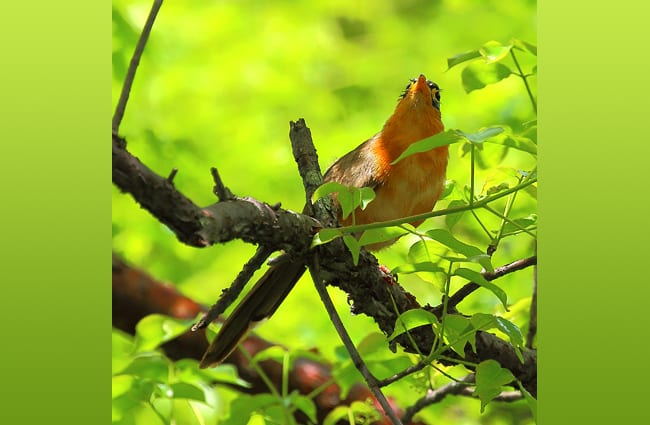

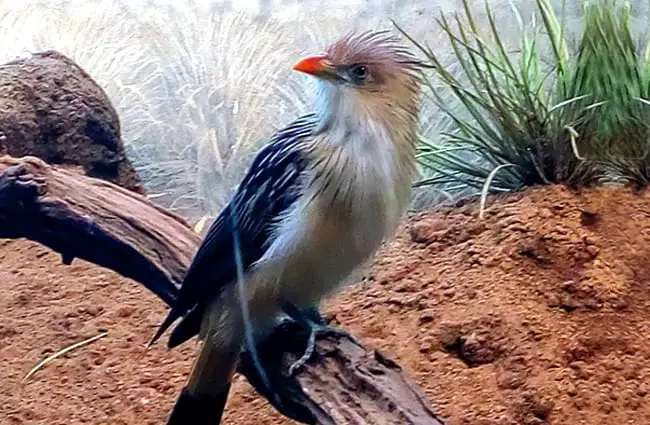
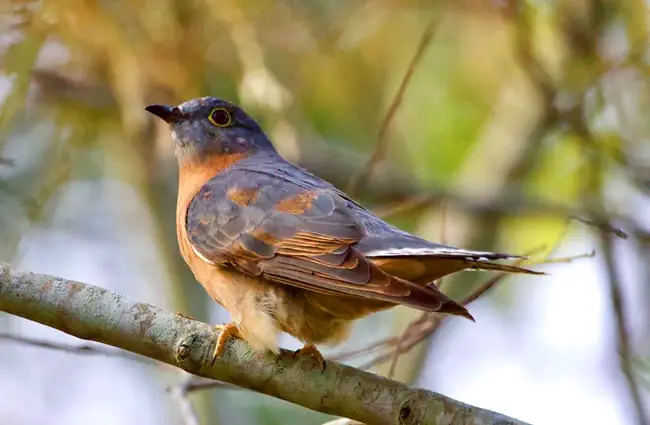
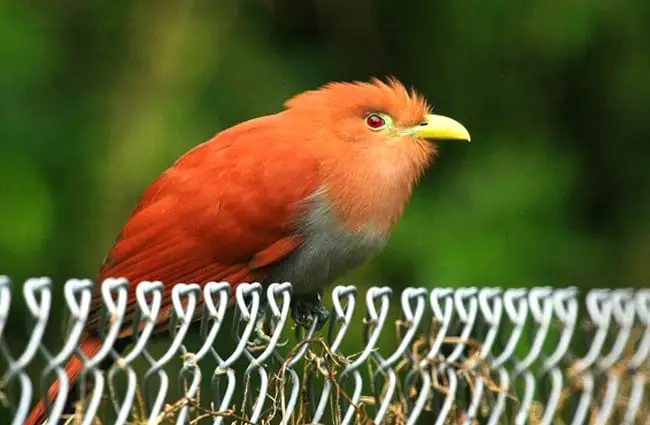
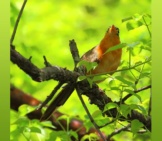
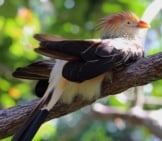

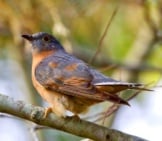
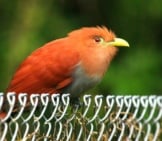
![Red Angus Closeup of a beautiful Red Angus cowPhoto by: U.S. Department of Agriculture [pubic domain]https://creativecommons.org/licenses/by/2.0/](https://animals.net/wp-content/uploads/2020/03/Red-Angus-4-238x178.jpg)












![Red Angus Closeup of a beautiful Red Angus cowPhoto by: U.S. Department of Agriculture [pubic domain]https://creativecommons.org/licenses/by/2.0/](https://animals.net/wp-content/uploads/2020/03/Red-Angus-4-100x75.jpg)

